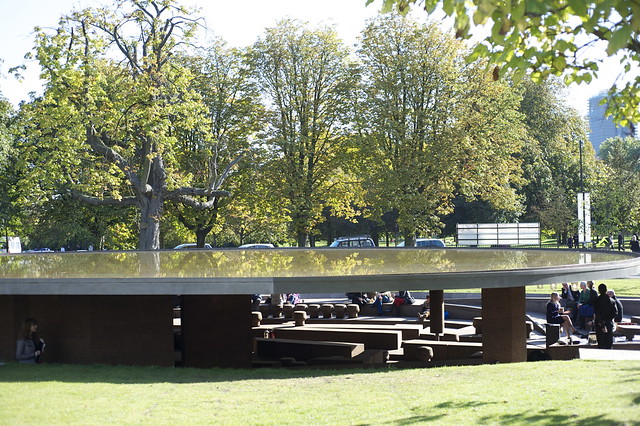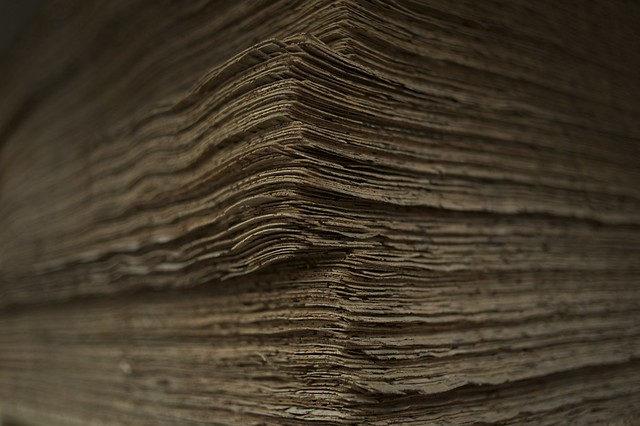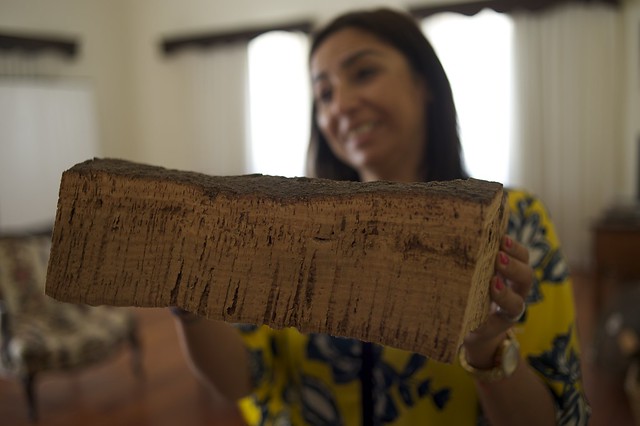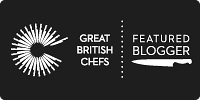Obviously, cork stoppers are by and far the most likely application for cork. But – as a sustainably harvested crop that’s naturally fire retardant and insulating (thermal and acoustic), flexible, hypoallergenic, and impermeable to liquid and gas – there’s plenty more being done with it. Shall we have a quick look?
Second to stoppers (and a far second at that), floor and wall coverings are the most widely used application for cork. Eight million square meters of cork flooring are sold annually by Amorim, and those numbers are said to be on the rise. It’s an ideal material for its insulating properties – keeping your noises in and your neighbours’ rumblings out while helping you save energy and lower the cost of heating and air conditioning as well and reducing the possibility of a fire spreading. Plus – in my humble opinion – it looks great and adds a warm and cosy effect to any number of settings.
 Serpentine Gallery 2012 Summer Pavillion, 2012
Serpentine Gallery 2012 Summer Pavillion, 2012
Anyone remember a few years back when Chinese dissident artist Ai Weiwei and Swiss design firm Herzog & de Meuron did the Serpentine Gallery’s summer pavilion at Hyde Park? All cork! A more permanent London installation of cork in an arty London setting is at the Victoria & Albert Museum where the bridge over the museum’s Medieval and Renaissance Galleries features all natural cork flooring.
Beyond the floors and off the walls, cork offers all sorts of design solutions – and has done so for years. Composite material developed by Amorim has been an integrally part of spaceflight since NASA’s Apollo missions to the Moon and is still in play for the agency’s space explorations as well for the European Space Agency. Mercedes-Benz and pro surfer Garret McNamara teamed up with Amorim to develop a surfboard made entirely of cork durable and flexible enough to withstand the impact of huge waves. When Kemey and I toured Amorim’s composites showroom and flooring unit (both in Santa Maria de Lamas near Porto) our mutual reactions were a blend of “no way” and “oh yeah, of course” as we learned about and viewed the many products made of cork: shoes, canoes, thermos and coolers, jewellery …
Stay tuned as I share more about our visit to one of my favourite destinations– and its most fascinating product – in a brief series of posts about cork production in Portugal.






















